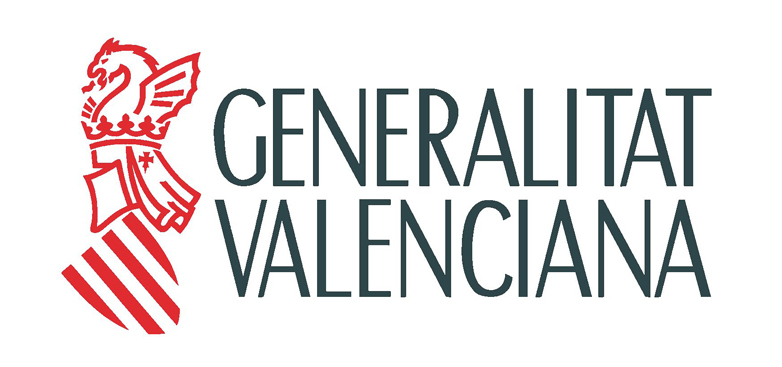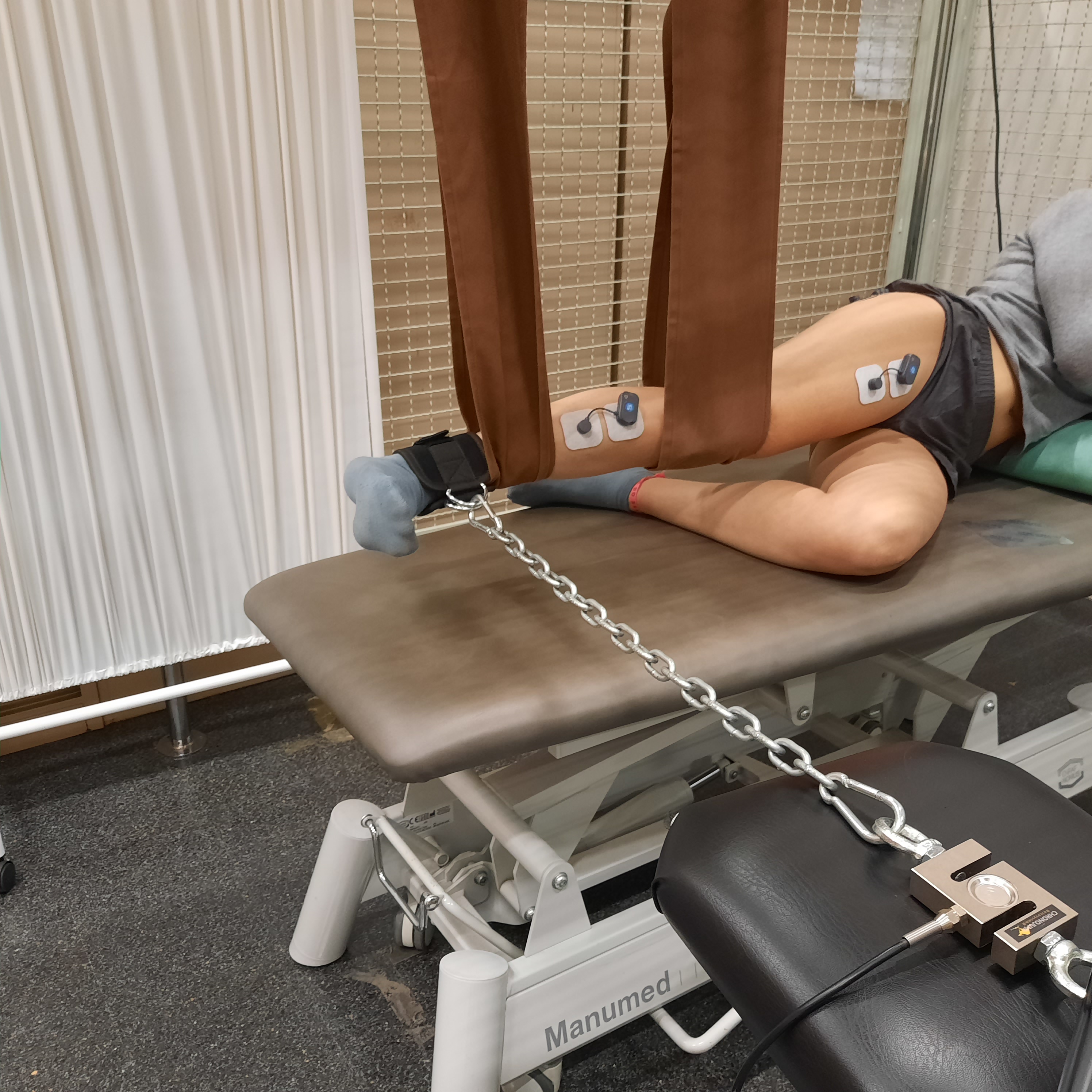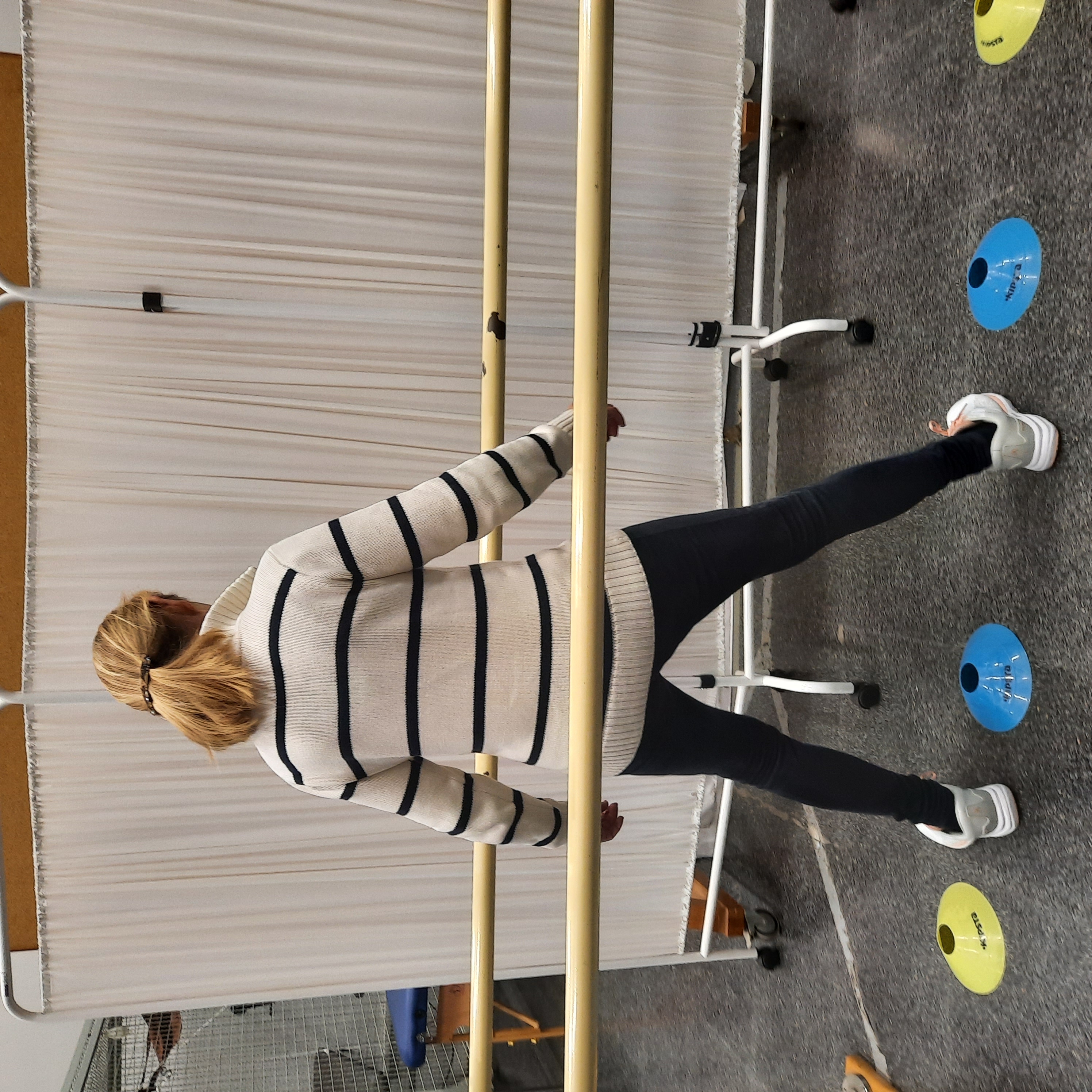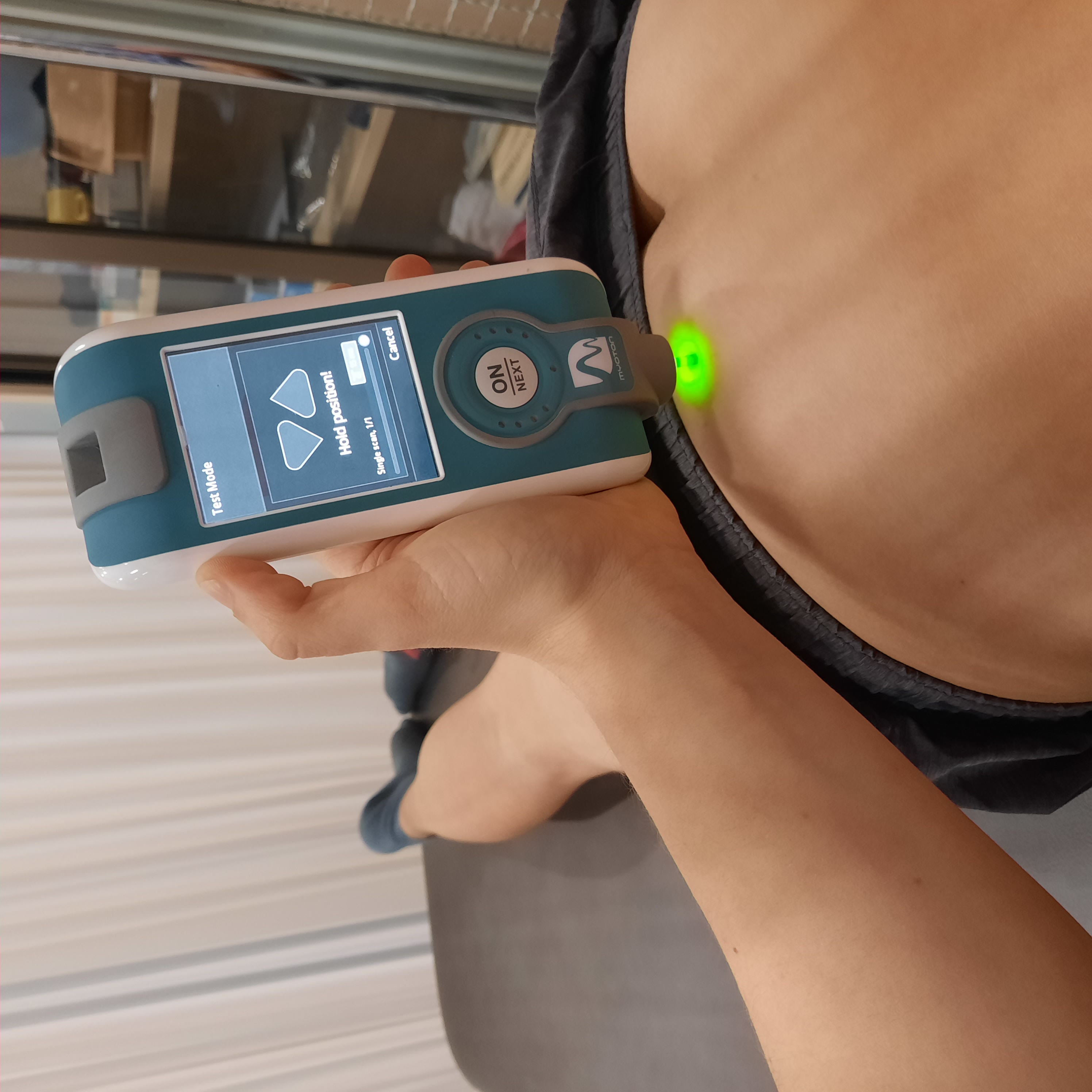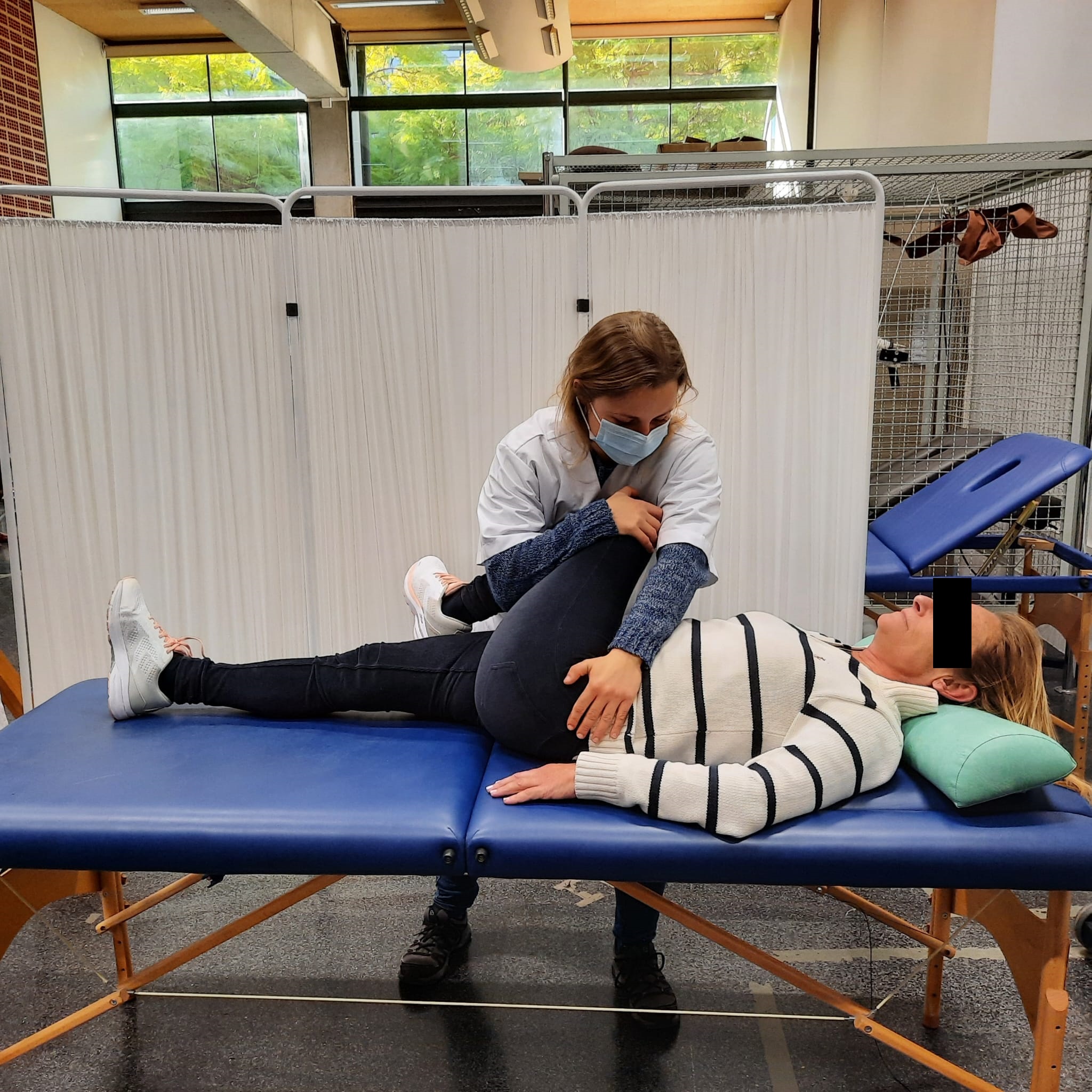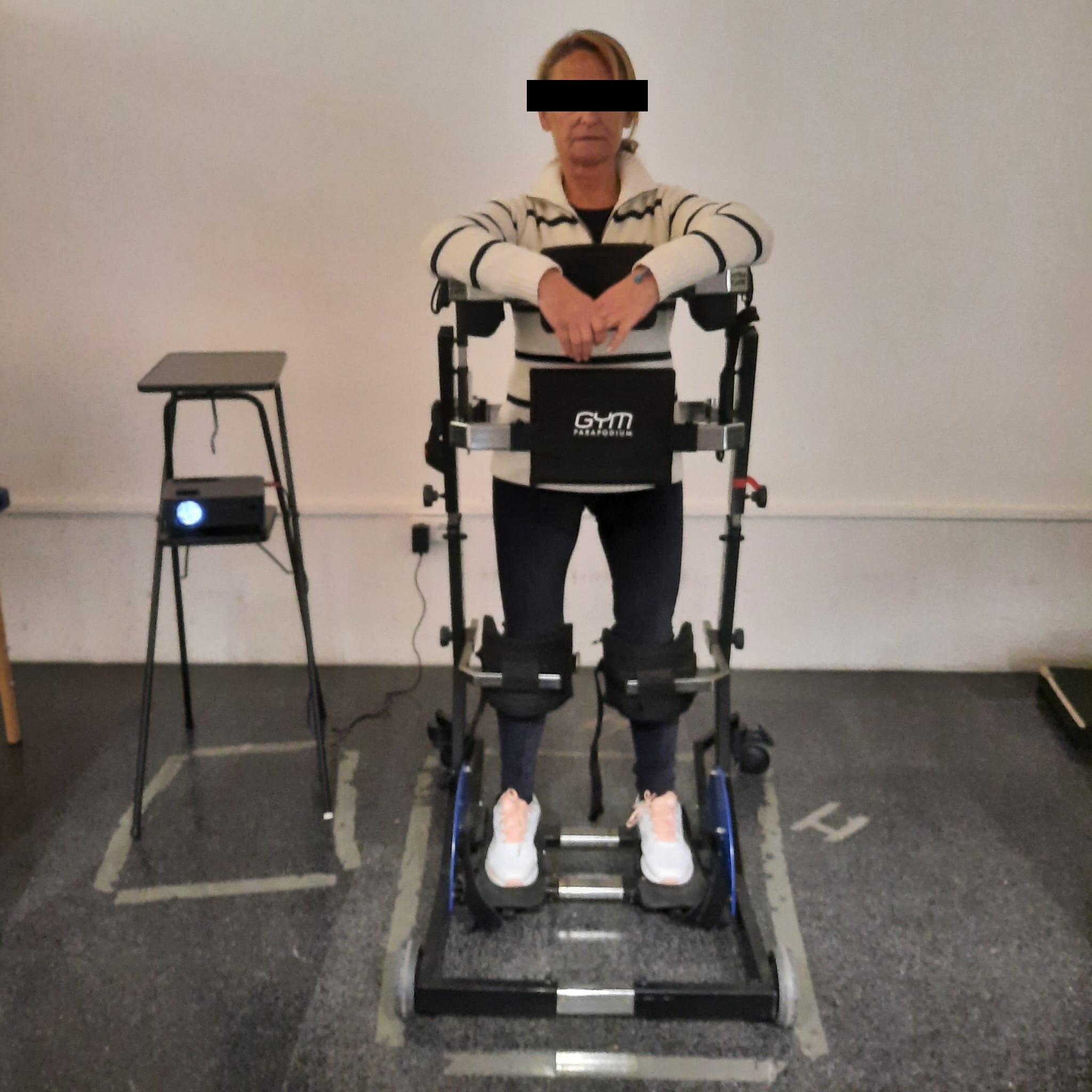MoVirFun
215/2022
The main objective of this study is to evaluate the effectiveness of mirror neuron stimulation by means of a virtual mobility treatment (comparing it with interventions combined with specific physical exercise) on neuroplasticity and, therefore, on variables related to functional ability, in people with incomplete spinal cord injury.
Given that the location of the cortical representation of the limbs differs depending on whether they are upper or lower limbs, the project proposal is divided into two studies: the first focused on the intervention of the lower limbs to improve gait, and the second on the intervention only of the upper limbs to check its impact on instrumental functional daily life activities. Therefore, although they share the main objective, the specific goals of this project, as well as the methodology, will be divided into a study 1 and a study 2.
Study 1. Specific goals
The aim is to find out the impact of virtual gait therapy on:
- The speed and quality of real-world gait (i.e., dynamic balance and energy consumption).
- Functionality during gait and static postural control.
- Isometric strength of lower limbs.
- Muscle activation.
- Muscle tone, stiffness and elasticity of leg muscles.
- Neuropathic pain and sensitivity.
- BDNF concentration in plasma.
Study 2. Specific goals
The impact of virtual upper limb functional mobility therapy will be analysed:
- Functional ability of the arms and hands.
- Strength of the upper limb.
- Fine motor skills of the hand.
- Muscle activation.
- Muscle tone, stiffness and elasticity of the arm muscles.
- Neuropathic pain and sensitivity.
- BDNF concentration in plasma.
To this end, two specific virtual functional mobility therapeutic interventions are designed, one focused on lower limb recovery and the other on upper limb recovery, in order to determine their impact on the functionality of the lower and upper limbs, respectively. Therefore, as mentioned in the ‘Introduction’ section, this project is organised into two studies, both randomised clinical trials.
Study 1 will involve four groups which will be randomly assigned to a type of lower limb intervention: i. Virtual Gait (VM) and Therapeutic Exercise (TE) programme, ii. VM placebo and TE, iii. VM and iv. VM placebo.
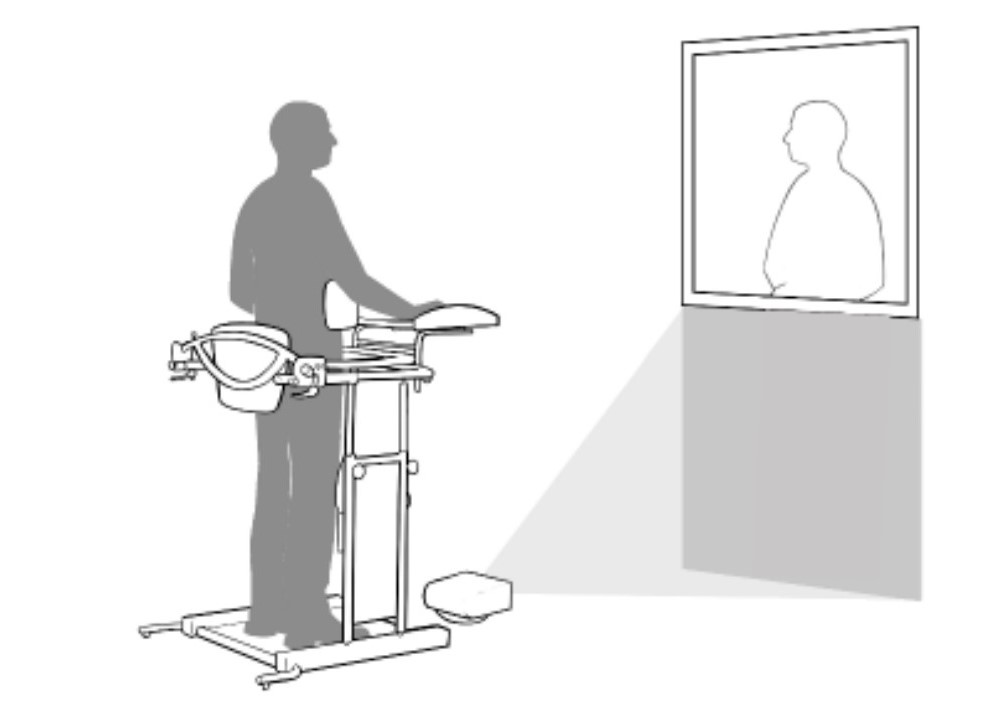
Study 2 will involve four groups which will be randomly assigned to a type of upper limb intervention: i. Virtual Arm Mobility (VAM) and Therapeutic Exercise (TE) programme, ii. VAM and TE placebo, iii. VAM and iv. VAM placebo.
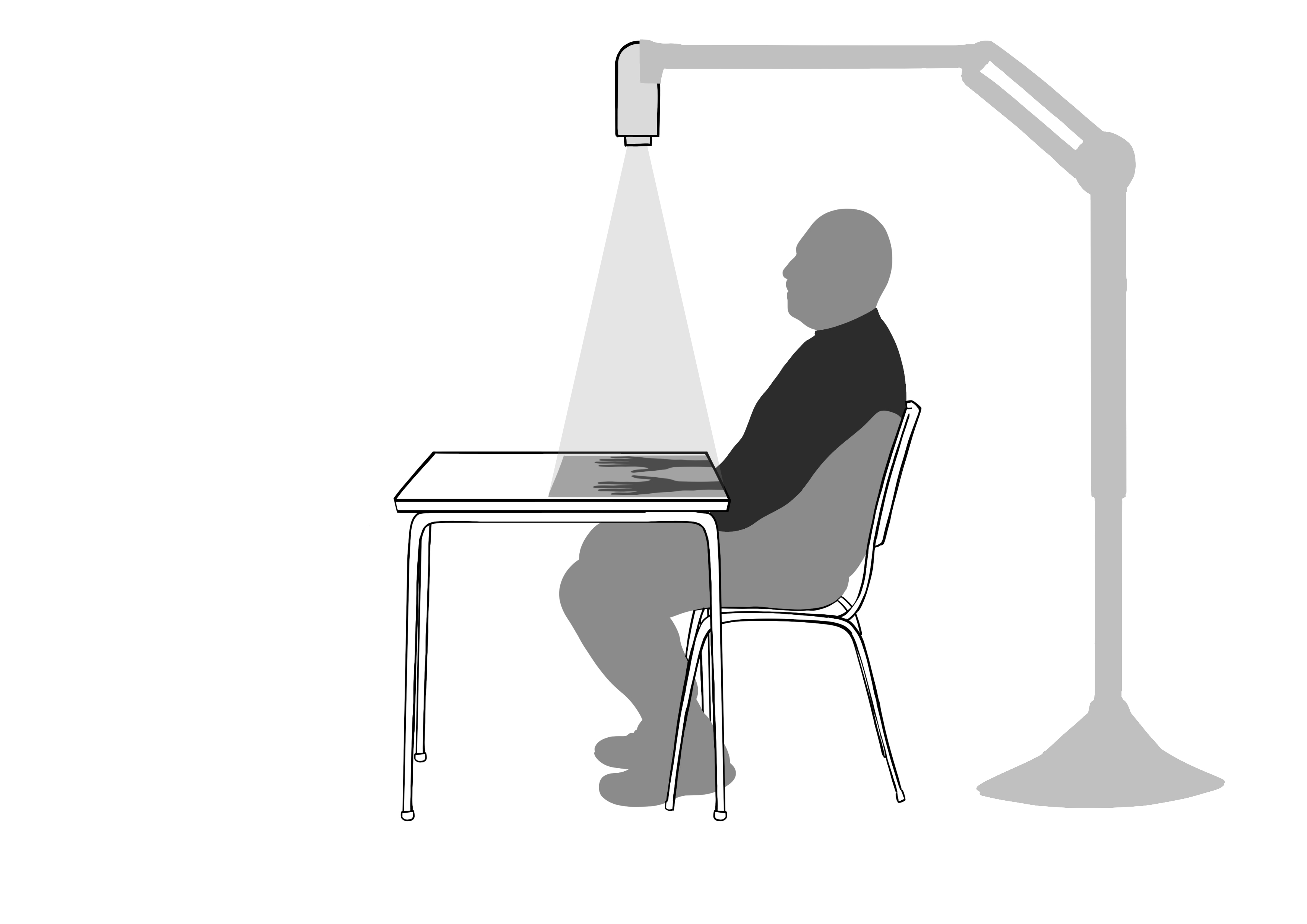
- Serra Año, Maria Pilar
- PDI-Catedratic/a d'Universitat
- Vicerector/A
- Vicerectorat de Sostenibilitat, Cooperacio i Vida Saludable
- Muñoz Gomez, Elena
- PDI-Ajudant Doctor/A
- Coordinador/a Curs
- Molla Casanova, Sara
- PDI-Ajudant Doctor/A
- Cap de Seccio-Servei
- Cap Iniciatives Per a Sostenibilitat
- Sempere Rubio, Nuria
- PDI-Prof. Permanent Laboral Ppl
- Responsables de Gestio Academica
- Coordinador/a Titulacio de Grau
- Aguilar Rodriguez, Marta
- PDI-Titular d'Universitat
- Responsables de Gestio Academica
- Coordinador/a Practiques Ext Centre
- Ingles De La Torre, Marta
- PDI-Titular d'Universitat
- Vicedega/Vicedegana / Vicedirector/a Ets
Álvaro Page del Pozo
School of Telecommunications Engineering
In the process of obtaining results.
- GVA - AICO - Consolidated groups


